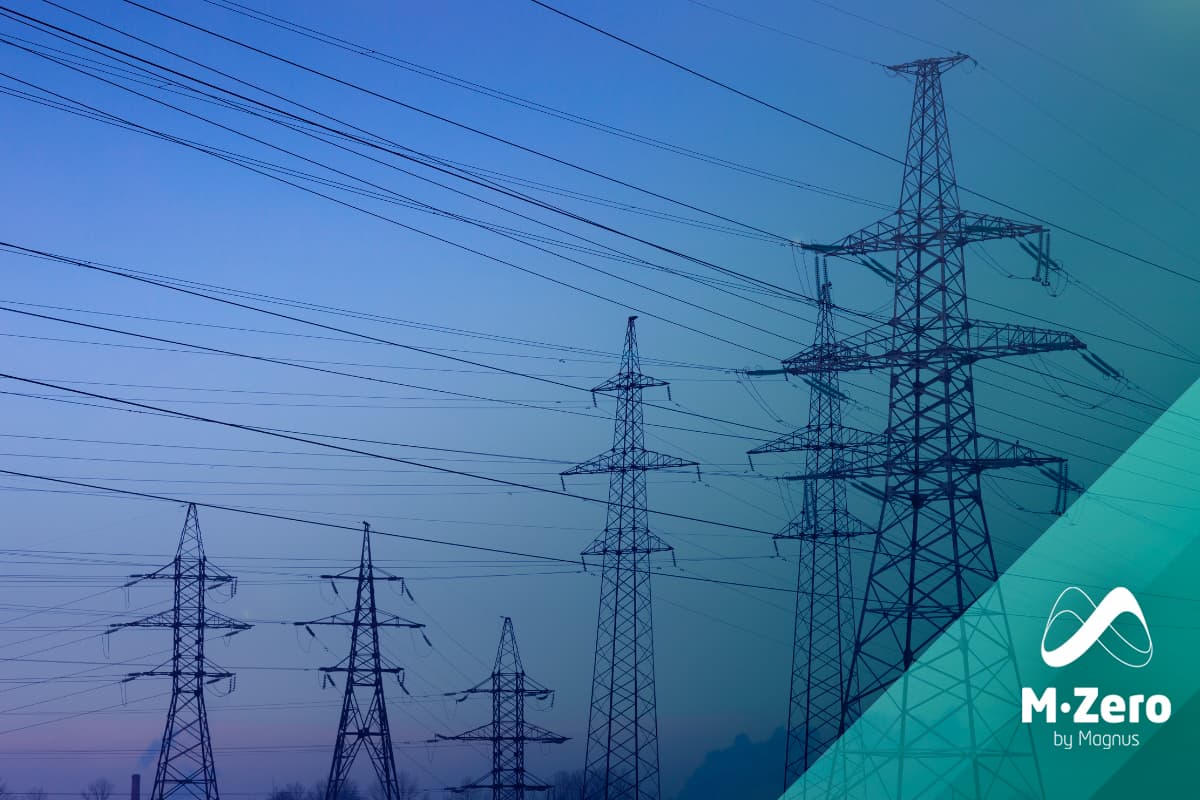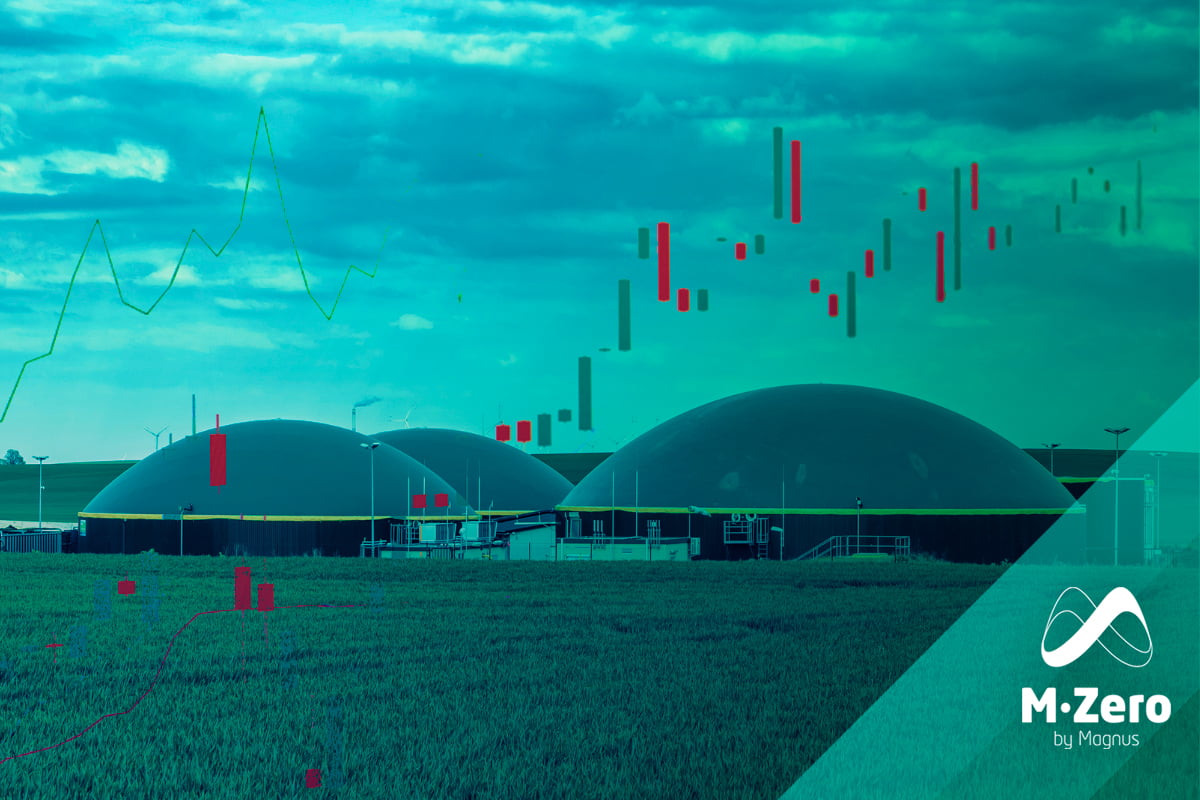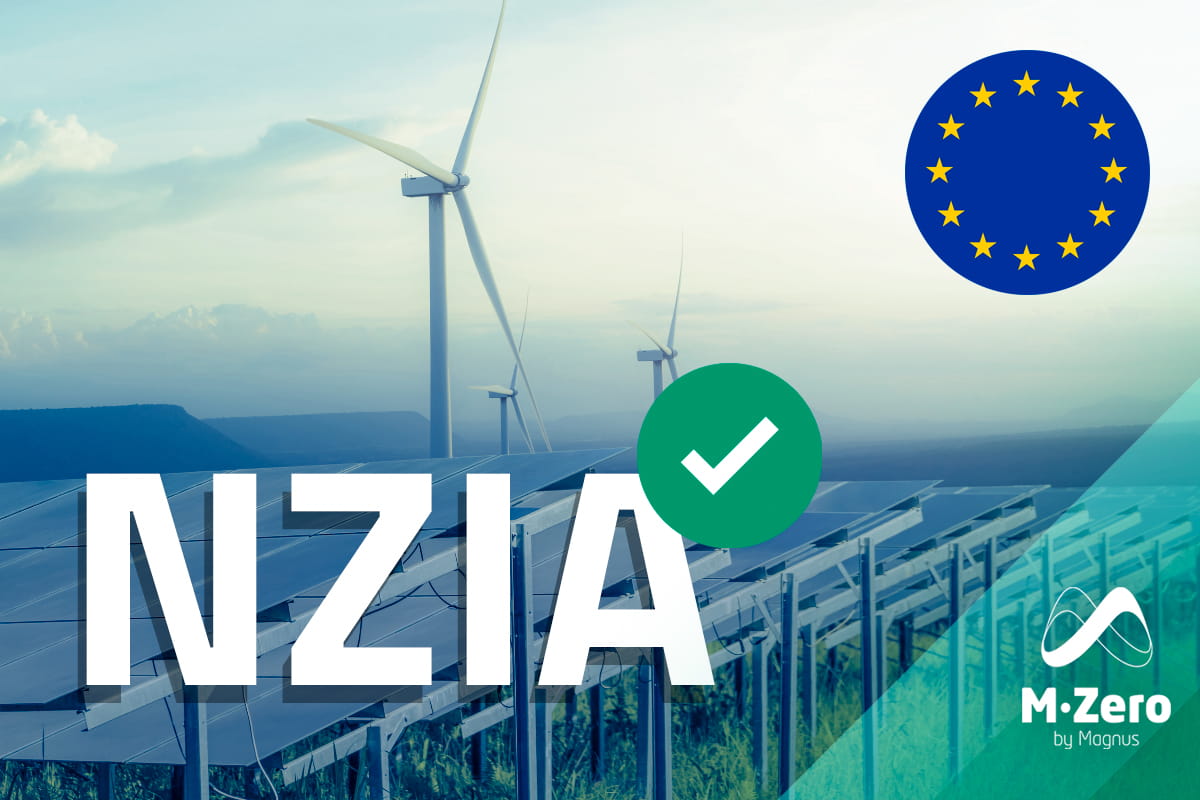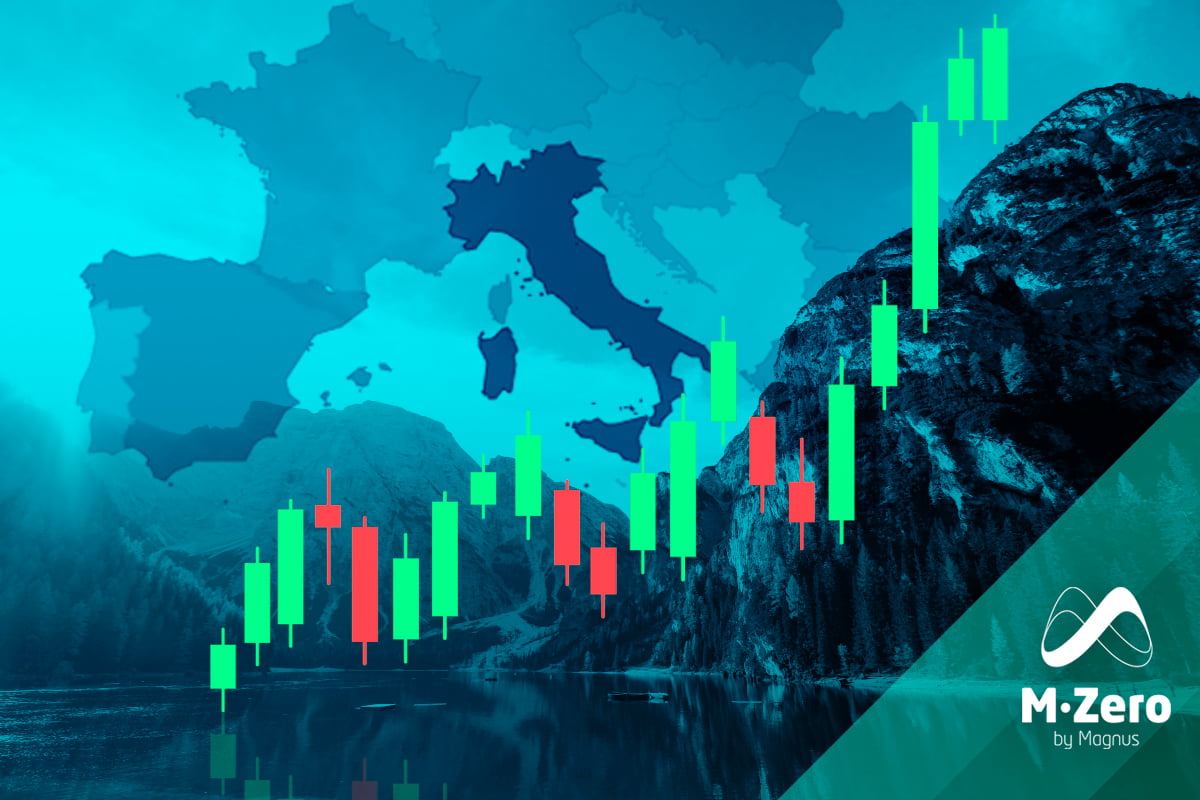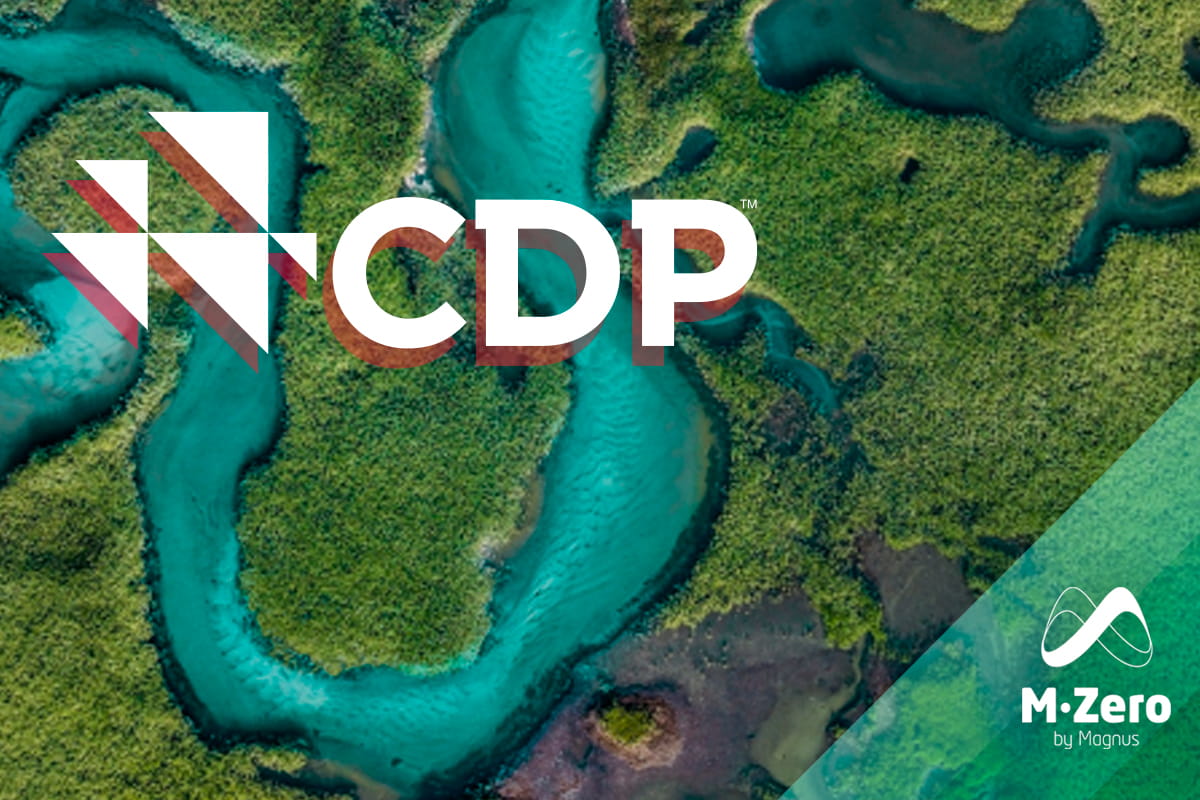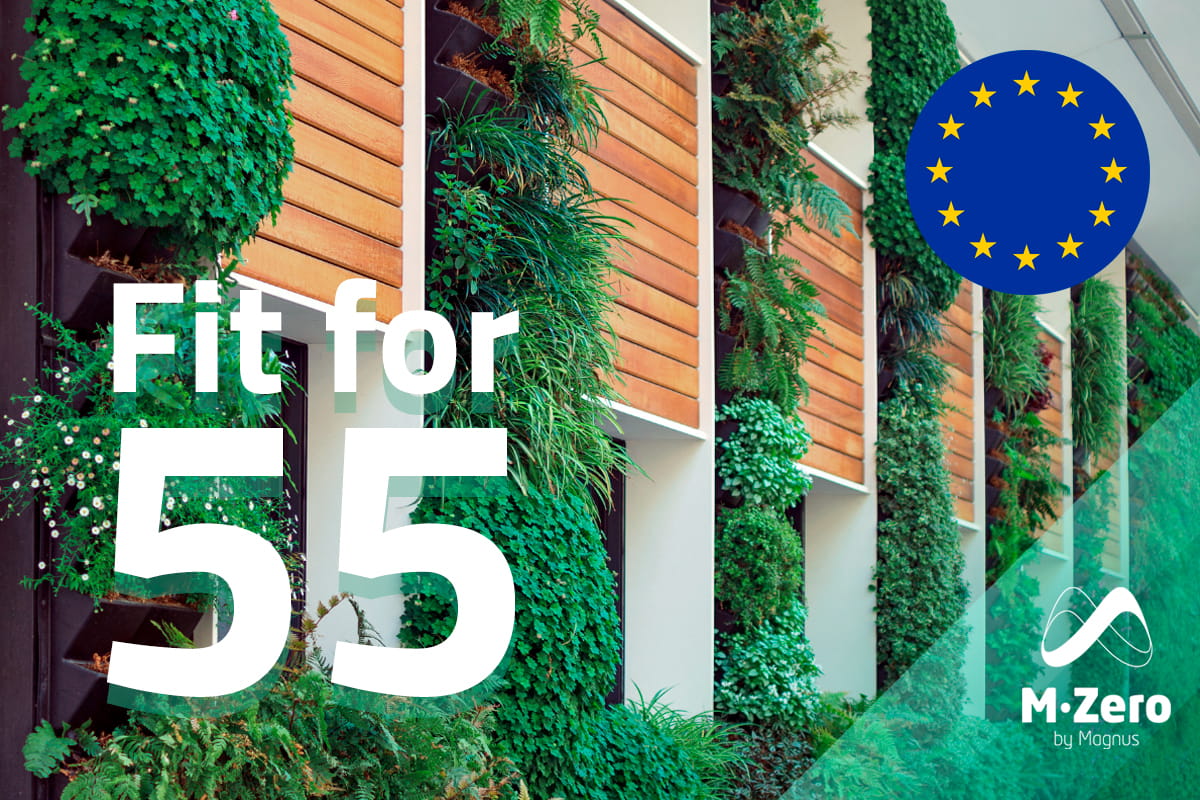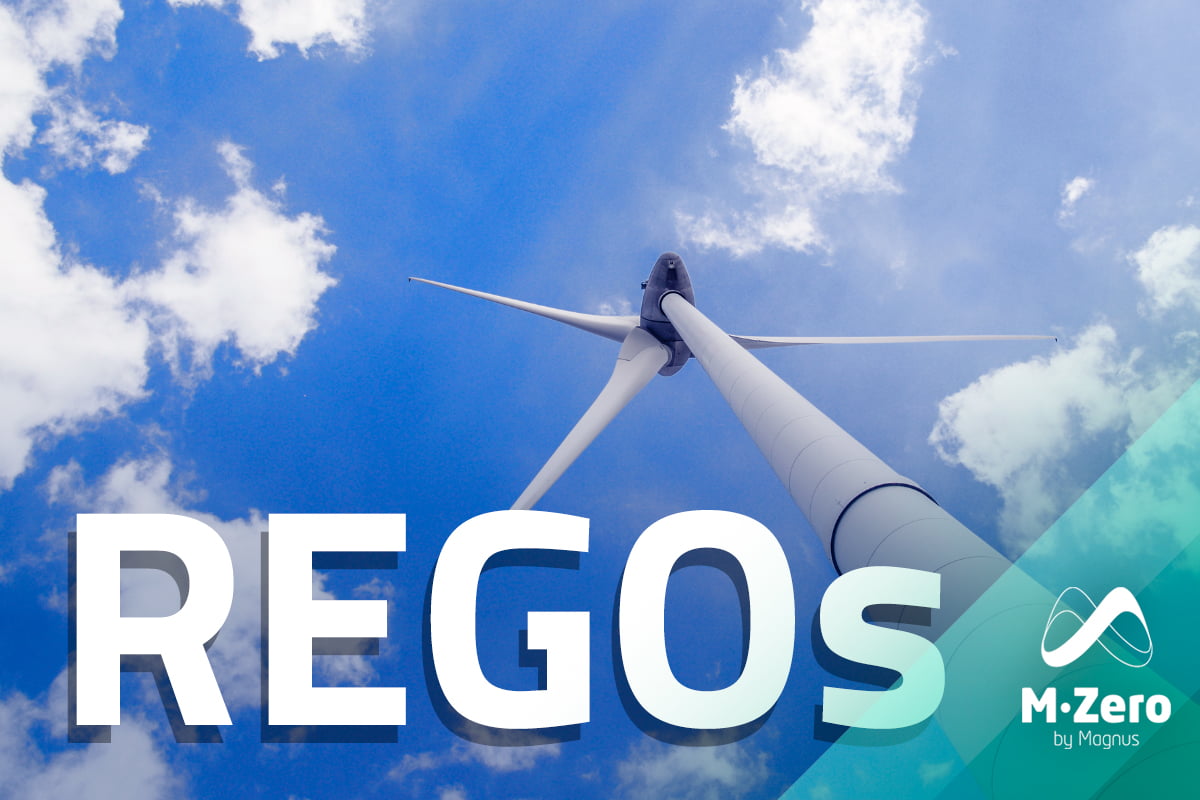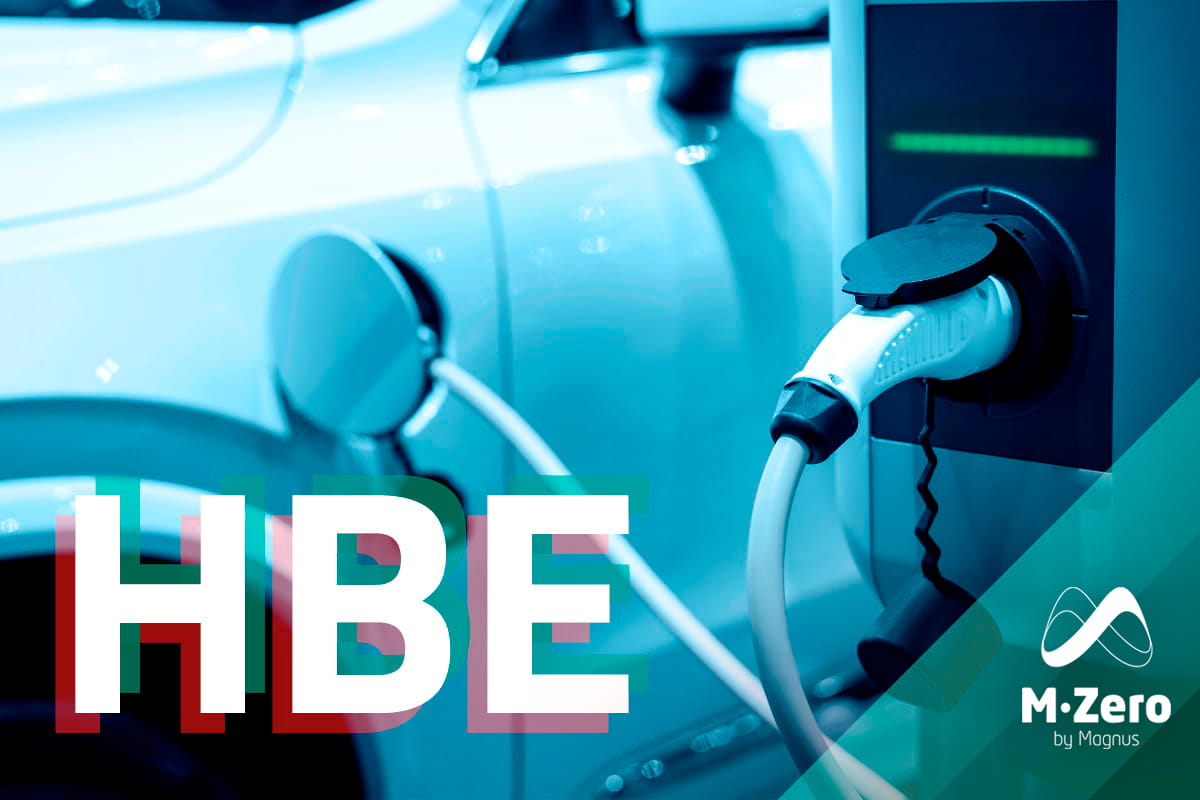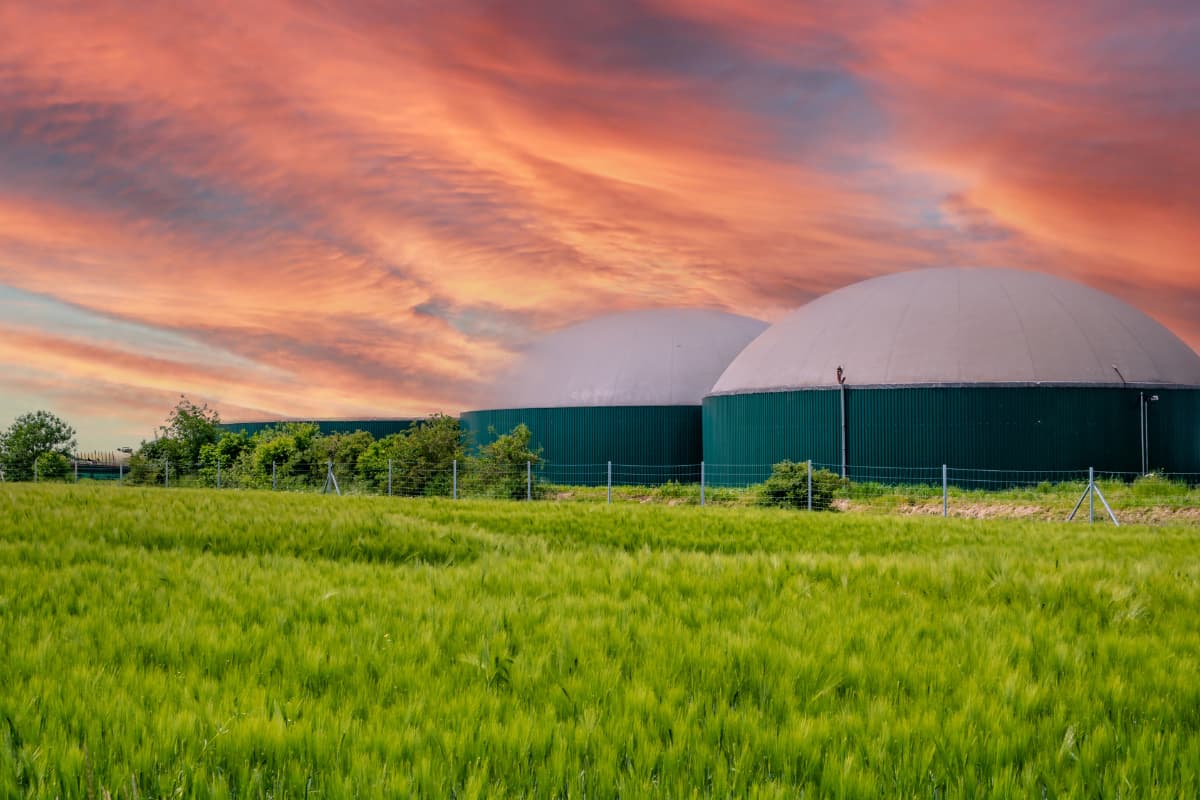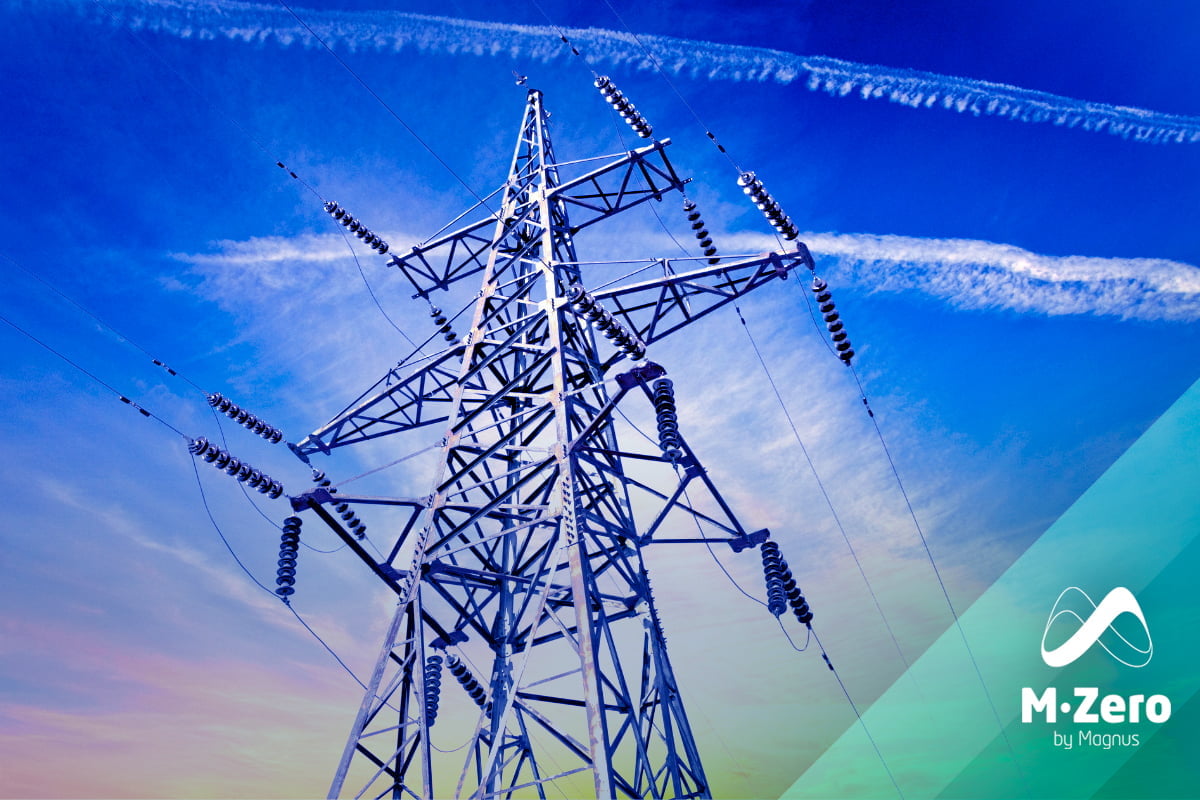
The electricity grid represents the system of electricity production, transmission, storage and consumption. It aims to create an environment of stable electricity availability, but was designed based on the steady, constant power generation of fossil fuel power stations.
Until recently, grid flexibility involved market supply flexibility through the reserve of gas or coal power capacity during peak demand, and demand side flexibility through the enrollment of large industrial energy consumers in load curtailment and demand response programs to help adjust the balance between supply and demand.
However, electricity grid was not designed for a world where power is largely generated by variable renewable sources such as solar or wind. Nor was it designed to cope with gigantic surges in demand like if millions of heat pumps are suddenly fired up to warm buildings on a cold day, or tens of millions of electric vehicles need to be charged for a morning commute.
The massive deployment of intermittent renewable energies is set to dramatically increase the need for flexibility in the electricity grid especially as we move towards electrification, and market players see the increased focus on demand management as a source of having a bi-directional grid that is optimized.
What is at stake
According to EU Energy Commissioner Kadri Simson, the EU’s daily flexibility needs will increase by 133% between 2021 and 2030 and by a further 250% between 2030 and 2050 because of the increasing share of intermittent renewable energies injected into the grid.
If we make the changes needed to hit net zero, it’s going to drastically change the way energy is both supplied and consumed. There are going to be big spikes and drops in electricity generation, and big spikes in drops in power consumption by consumers and industry. If the grid can’t cope, there will be huge swings in 1) the cost of power and 2) the availability of power.
Making demand more flexible
There are several tools we have in our arsenal to improve grid flexibility through demand side:
- Load shedding – Smart technologies can help businesses and buildings to interact more actively with the grid and reduce their consumption to relieve it or increase production to help maintain the balance of the grid while getting a remuneration for doing so.
- Storage – batteries, pumped hydro, molten salt are ways to improve how well we can store power at scale to scope with drops in supply or peaks in demand.
- Electric car batteries – vehicle-to-grid technology can help by allowing charging EVs to provide power to the grid if needed, or slow down charging rate at times of peak demand.
- Energy efficiency is also a solution.
Challenges become opportunities with a digitized grid
Ultimately, we need a digitized grid, one that adapts to variable energy sources and responds to dynamic challenges. A digitized grid is needed to identify, enroll, and aggregate distributed energy resources. They enable sustainability because they adapt faster and are more responsive to weather crises, are more reliable, and can reduce operational costs with predictive maintenance strategies, therefore improving grid resilience, and ultimately, on a larger scale, they help on a European interconnectivity.
Utility grid environment is changing fast, and every aspect of power grid operation must now address flexibility as it is the cornerstone of sustainability, operational efficiency, reliability, and resilience. To do so it requires grid balance.
With a hybrid strategy, one that involves grid flexibility, it’s possible to interact with the grid efficiently in a way that offers many benefits to one’s business, while supporting decarbonization and sustainability, avoiding peak electricity prices and ensuring grid resilience and reliability.
If you found it interesting, please share it!
Recent Articles







